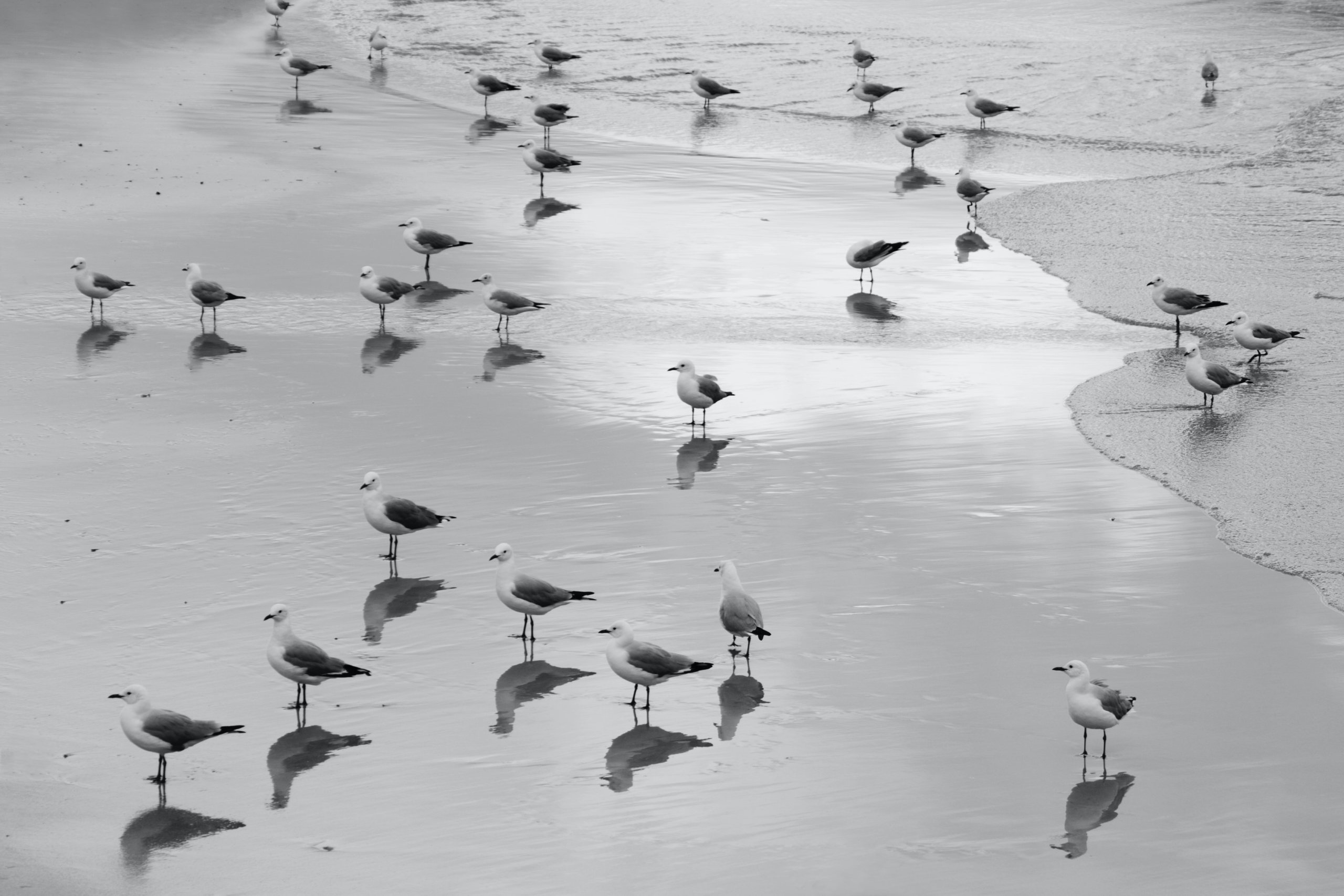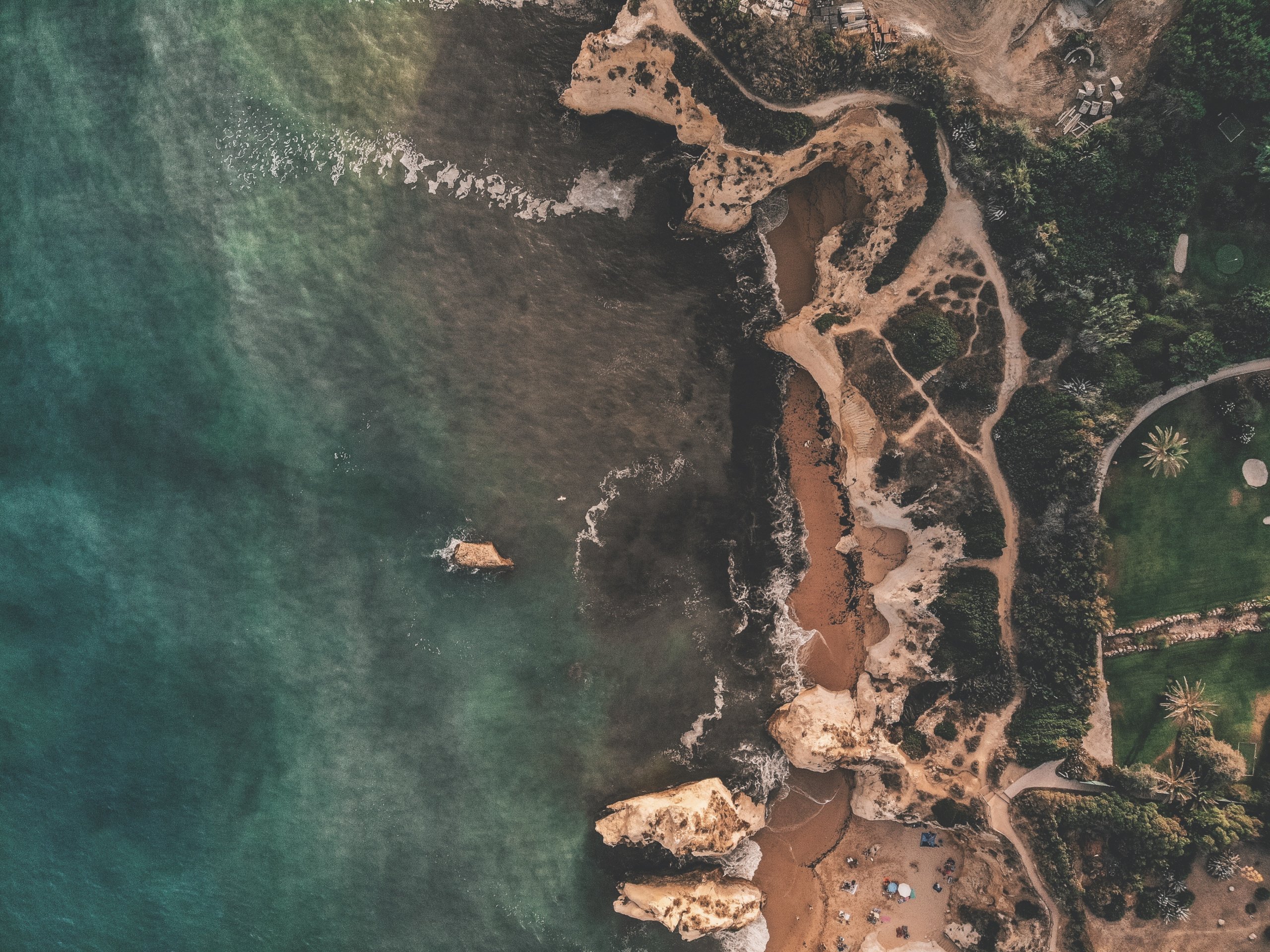By Liz Neeley
Published November 13, 2014
Title: Maximizing Moritz Et Al: On Publication & Promotion
Categories: Interviews, Media, Science
Tags: coaching, context, fire, framing, journalists, Message Box, navigating, press release, relevance, story, writing
Max Moritz is the lead author on the invited review Learning to Coexist with Wildfire, published last Thursday in Nature. With its synthesis of wildfire science and management from three continents, Max and his co-authors strongly believe the paper holds real-world implications for people’s health, safety, and financial well-being. If you feel like that about a paper, you want it to be read and used widely; and if you want a paper to achieve broader visibility, you don’t just cross your fingers and hope for the best! So Max reached out to COMPASS and spent the last two weeks of October working with me to think through what he wanted to say and working with his co-authors and university to prepare. Much more goes into promoting a publication than simply writing a press release. In this case, our work included:
• Coordinating with the press office at Nature about embargo details, the manuscript DOI, and specifics of the publication and promotion timeline. (Note, this is a separate group from the editor(s) of the paper.)
• Coordinating with the press officers and public affairs groups from UC Berkeley and the College of Natural Resources, as well as NCEAS where he’d done a sabbatical, and NSF.
• Working on a message box with key take-away points.
• Developing metaphors, testing analogies, exploring anecdotes and soundbites.
• Updating coauthors about what to expect in terms of who was writing press releases, and when they could speak to journalists.
• Selecting a handful of journalists for Max to personally approach with the story.
• Tracking interviews and stories after publication.
Max Moritz is faculty at the University of California, Berkeley. He studies wildfire dynamics by mapping historical burns and modeling the probability of future fires in a changing climate.
Image credit: UC Santa Barbara
Ultimately the paper was covered in a range of outlets including The New Yorker, NBC, and E&E News. While it is too soon to make predictions about the impact of the work, you might be interested in taking a look at the article-level performance metrics Nature provides. (Update Jan 28: as the article approaches its third month, it has over 11,000 page views and was tweeted over 100 times. That puts it in the 88 percentile of Nature papers of similar age, and in 99 percentile of all published papers)
COMPASS often get questions about promoting new papers, so I provide some general advice for this at the end of this post, but I wanted to capture the excitement and uncertainty of the process as it happens, so I asked Max to join me for an impromptu Q&A the day that his paper went live. Here are some highlights from our conversation:
Can you summarize why you wanted to do this advance preparation?
Getting ready for this and having your input – about what we were going to be facing, how the embargo works, what the timeline was, and being able to think about it as a process – that was super helpful. Having done this before without that guidance felt very free-form. It was really helpful to have something of a methodology and the things you guys have taught us, like using the Message Box, up front. In the past, I felt like I was just winging it and reacting, so it was so helpful to come at it in a more organized fashion.
How well do you feel that doing the Message Box and my coaching prepared you for what actually happened?
A lot! That’s the thing that stood out for me. I still don’t love the format of the Message Box. I’m sure everybody takes it and tweaks it to suit themselves. It’s not intuitive to me, but it’s helped a ton to do that beforehand because it’s kept me from straying too much. That is something I’ve done in the past, made mistakes during interviews and then been quoted a little out of context, or quoted on something I said off the cuff that I very much wished I hadn’t afterward. The Message Box keeps you on track. You still have the freedom to riff a bit, so it’s not like you’re following this rote thing or spitting out this memorized bit. At first I was worried that it might sound like it’s coming out forced – a little bit too polished or too memorized? But having it written out like this, I think it’s a good in-between: you have your points, but you still have flow. It allows you to be conversational, and not too rehearsed, but it keeps you from straying and being quoted saying things you didn’t really mean.
Were you surprised by any of the questions you got in the interviews?
It’s always unnerving when someone saying “Ok, tell us in your own words what did you guys do, what did you find?” It’s so open ended, right? You’re not quite sure what to do. I found myself going into this kind of free-form monologue. I had been anticipating questions that were more specific. Without that structure, I found it to be a little bit of a stumbling block. It can give you enough rope to hang yourself.
When you caught yourself going into monologue, how did you recover?
I remember once or twice stopping the flow and saying “Are you getting this? Is this what you needed?” and in general the response was “Sure, this is fine” But when I felt like I was drifting into a long monologue, I didn’t feel like they were picking up key bits that they wanted for their piece. I could see them stopping typing and sort of sitting back and listening and going “Oh, OK” Because what I was saying wasn’t focused on the particular issues they had just asked about?
It reminds me of what else was challenging. In a study like this we’re trying to synthesize information and come to some conclusions that are relevant to humanity, right? In this particular case, we felt we had some insights about rethinking land-use planning. But a number of times I got very specific questions, like “You really think we should ban development on some parts of the landscape? Would that really work?” They were really taking some of what we thought was an insight or general recommendation about policy and planning made at 20,000 feet (especially given that none of us are land-use planners!) and really drilling into a very specific applied aspect of that saying “Would this work?” or “How would you change this?” or “How would insurance companies respond?”
I’d get these nuts-and-bolts questions about a general recommendation and you realize, “I’m not really sure how to respond to that.” I think journalists want specific examples they can use to make their piece real. You realize during a lot of those questions you’re not the right person to be commenting on that. I’m comfortable saying things up to a certain point, but some of those very specific applications of our recommendations were challenging.
How did you handle those specific requests for details?
Even though we [coauthors] all really feel like land use planning issues are things we really need to think about, deciding whether someone can or cannot develop a specific piece of land, that’s not something we as scientists would be commenting on. These are social values questions.
I think what we would like to do is raise these as topics for further conversation. We really need to put the magnifying glass to these things and think about them. So in the interview, I would try to recover by saying something like that. It made me think, ‘Huh. Do I have enough of an opinion? Do I have enough background that I would feel comfortable saying something about on this topic? And it was things I hadn’t thought through. It’s hard to prepare for that.
Now that you’ve gone through this process with me, and the paper is out, what words of advice would you have for the readers of our blog?
One of our challenges was with the press release – that process ended up being a bit rushed, because of things at Berkeley out of everyone’s control. It would have helped if I had known what headline I wanted on it, if I had been able to provide pictures to go along with it, that would have been good. I realized that a press release involves a lot of people at my university and there are important questions about the timing and feedback process. It’s important because that release can be carried word-for-word on some of these online sites, but many elements were not entirely within my control as an author? This is a good insight – for me, writing my own message box and being prepared also extended to the degree to which I was able to take control by reaching out to a few trusted journalists and pitching the story myself. I heard back from every single of the six journalist I contacted – some just said “Thanks, we’ll see!” but I have been interviewed by others. And, of course, this is all still unfolding!
When I think about helping Max prepare, I realize much of the preparation depends on the specific scientist, manuscript, and journal involved. One size never fits all. There are, however, three steps scientists should always take to prepare for publication:
1) Understand embargo
Weekly schedules and embargo policies differ across journals (compare, for example, PLOS, Nature, Science, and PNAS) The embargo period is the stretch of time between when a scientific journal releases the manuscripts of its upcoming issue to vetted journalists, and when the issue goes live and those journalists can publish their stories. It’s a fascinating and complex issue – I recommend following the excellent blog EmbargoWatch – but the intent is to give science reporters the opportunity to investigate and write their stories because it takes time to get critical feedback and other expert opinions. As an author, it’s important to know when the embargo period begins, when it lifts, and that it is ok to talk to journalists during that time.
2) Coordinate among key players
As science becomes increasingly collaborative, it is essential to set expectations, confirm your take-away points, and manage credit and acknowledgements among coauthors, contributors, funders, and institutions. You want to ensure that you have clarity about the process, who has editorial control, and the content of public communications by all involved. These negotiations are ultimately good for your relationships, the science, and the story.
3) Know what you want to say
As always, ask yourself “What do I want people to know about this work? Why? So what?” Exercise your Message Box skills (read our chapter and download a blank copy) and make sure you know exactly what you want people to remember about what you did, what you found, and why it matters.
Good luck out there! What advice would you add from your own experiences?
Liz Neeley worked at COMPASS from 2008-2015. This post was transferred from its original location at www.compassonline.org to www.COMPASSscicomm.org, August 2017.


